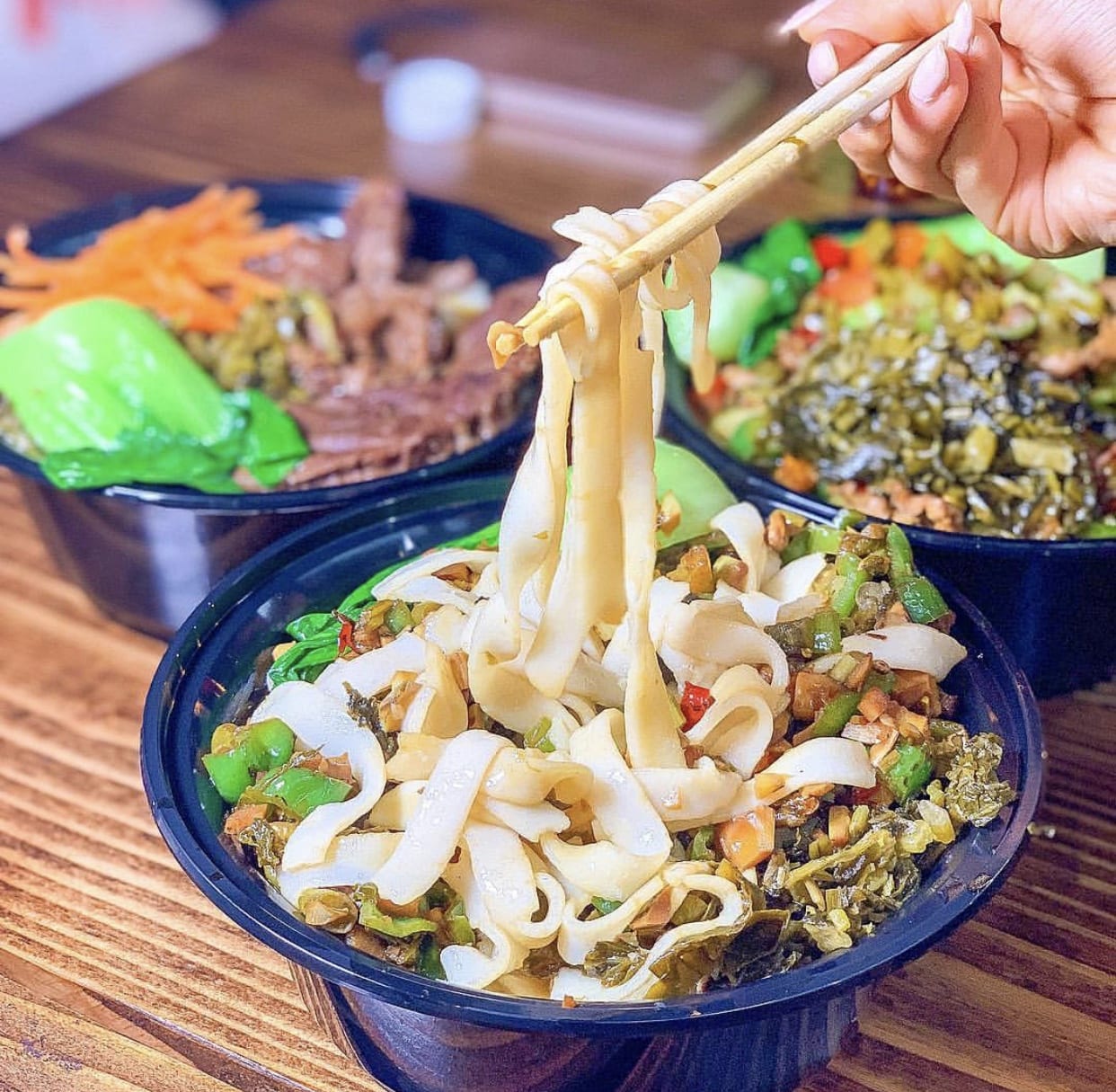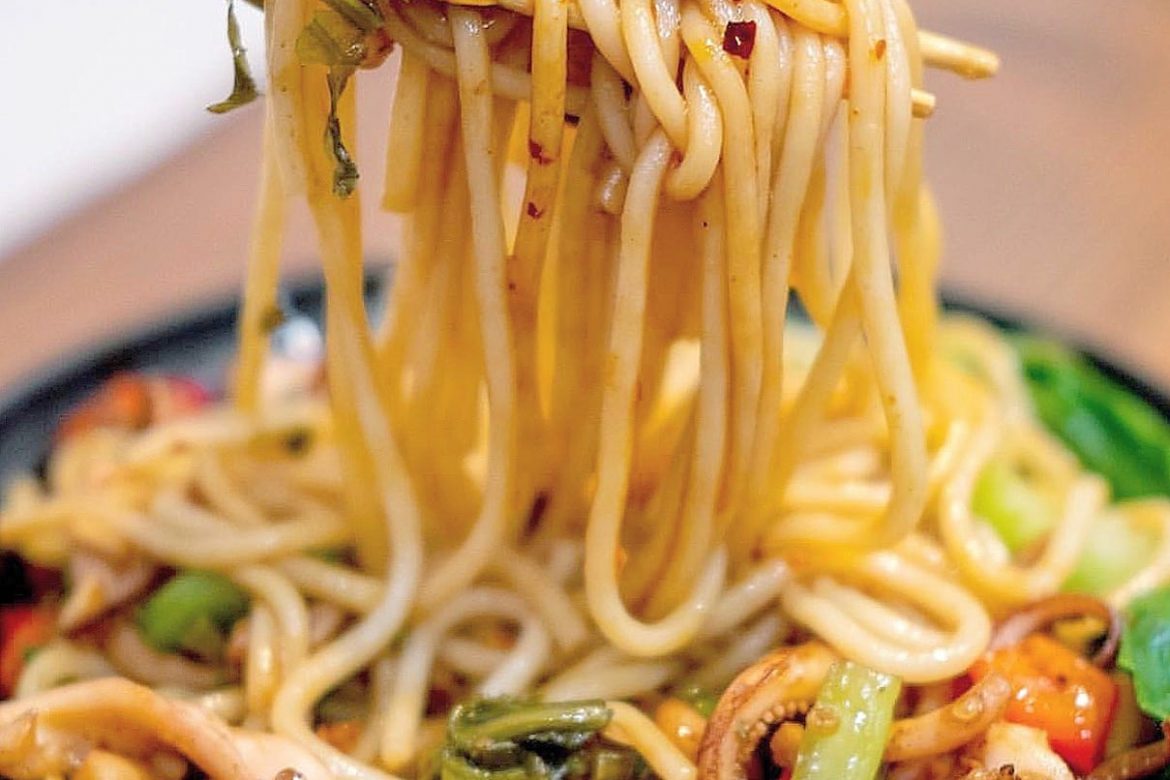Gai Ma: The Hunan Cuisine Taking Over New York City
“The food of the true revolutionary is the red pepper and he who cannot endure red peppers is also unable to fight!”
– Chairman Mao Zedong
The revolutionary leader of China may have been speaking sarcastically when he told a Russian military advisor that red peppers was the food of a revolutionary. It is clear that the Chairman was influenced by Hunan cuisine and had a proclivity for spicy dishes. Is something called “Gai Ma” responsible for creating one of the most controversial figures of the 20th century?
Since the 90s, NYC Has Been Hooked On Sichuan Food
In New York City, and across America, regional and authentic Chinese food is the trend. New Yorkers want the real deal — the best noodles, and the food their Chinese friends eat.
For years, traditional Chinese food from Hong Kong, or Cantonese styled food reigned supreme in the minds of New Yorkers, until a food critic named Mimi Sheraton challenged the Sichuan food industry, in 1983, complaining that the Sichuan food she had in the city, wasn’t spicy enough, and only giving credit to a select few restaurants.
A decade later, a handful of Sichuan restaurants popped up in the city. As recently as 2018, there are over 98. In New York City, spicy Sichuan food has actually paved the way for Hunan cuisine.
Straight From Hunan Province
Mao Zedong’s hometown province, of Hunan, is where some of the best Chinese food comes from. New Yorker writer Tony Hiss said the following of Hunan cuisine, in the 1978 book Henry Chung’s Hunan Style Chinese Cookbook “… Hunan cooking is the best cooking in all China — better than Canton, Peking, Shanghai and Szechuan cooking.”
What makes Hunan cuisine so great? Legendary San Francisco Hunanese restauranteur Henry Chung described the people of his hometown province saying, they “all have one thing in common, that is, love of hot pepper.”
Hunan is located in central China. Despite the subtropical climate, there are four noticeable seasons. For this reason, it is one of the best agricultural locations in China.
In the summer, the Hunanese eat spicy dishes, to make them sweat. As a result, their body temperatures cool. In the winter, the spices have a reverse effect, warming them internally.
There is even a running proverb, which explains Hunan’s affection for hot peppers. It goes: “Guizhou people like spiciness, Sichuan people don’t fear spiciness, Hunan people fear there’s no spiciness.”
There are also an annual chili pepper festival, to see who can gobble up the most amount of peppers at once. Beyond the spice, there is a unique style of cooking, noodles or rice served with some of the most delicious toppings around. In Hunan, these toppings have a nickname, you won’t find this word on Google translate or in any dictionary. It’s referred to as Gai Ma 盖码.
The Gai Ma 盖码 Takeover

Hunan is one of China’s largest rice-producing provinces. As a result, rice is a major component of the dishes. Rice and also rice noddles. Rice bowls or covered rice is a favorite in Hunan. The province also has a rice noodle culture.
The meals are served in a bowl with either rice or rice noodles. This is covered with a topping, known as Gai Ma 盖码. Silky Kitchen’s menu includes over 16 kinds of Gai Ma to accompany rice or rice noodles. At Silky Kitchen, customers can choose how they want their Hunan cuisine.

It can be served with rice or rice noodles and four different levels of spice. We recommend that customers try as much spice as possible so that they replicate the authenticity of dishes made in Hunan.
Silky Kitchen restaurant co-owner Simon, admits that his favorite Gai Ma is #15, Stir-Fried Bamboo shoots with pork. Which Gai Ma do you like?



[…] on which province you’re from, the order may change, but it has repeatedly been said, that Hunan spice is the greatest and the province has a history with spicy […]